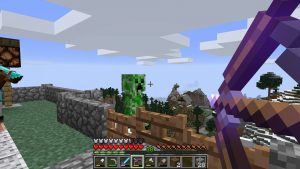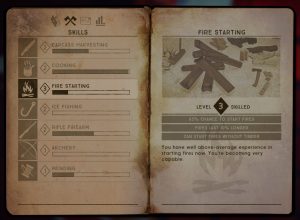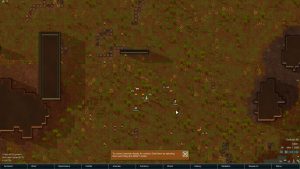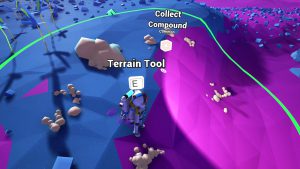Long duration flights
During my ongoing literature review I often discover interesting facts about things I’ve never thought about. Sometimes I can connect these facts with my own observations: The result is mostly a completely new idea why things are as they are. Maybe these ideas are new to you, too. Therefore I’ll share my new science based knowledge with you!
This week: This time, I think about the rewarding moments of playing realistic open world simulation game.
Several years ago, I used to play Microsoft Flight Simulator X Professional on a frequent basis. Aside from doing short duration flights between two airports that are only a few flight minutes away from each other, I also did some long duration flights in order to reach interesting destinations such as Iceland or Spitzbergen.
Those virtual journeys, I mostly used Berlin Tegel as my starting point, took me several days as I splitted them into shorter, about 1 hour long flights. However, this was only possible until I eventually reached a point from which on only open water separated me from my destinations thus requiring me to do several hour long flights in order to complete my goals.
Surprisingly, although nothing special happened during those long flights, it was still very entertaining as it gave me the challenge of managing the flights and communicating with the simulated Air Traffic Control while completing other tasks such as cooking, eating or cleaning. Furthermore, the real-time flights provided me with a very rewarding experience as it really felt as if I would have accomplished something meaningful after crossing the open water between the Faroe Islands and Iceland.
Unfortunately, since those days of long duration flights in Flight Simulator X, no other simulation game really provided me with a similar opportunity for such ambitious projects. This is mostly due to the fact that the scope of the games is too limited or the simulation itself is not immersive enough to motivate me to attempt those endeavors. However, Kerbal Space Program makes a slight exception as flying to the Mun in real time could be one of those challenging endeavors. The only problem is that, in contrast to my Flight Simulator X flights, there will be absolutely nothing to do between the moment of finishing the Trans-Munar-Injection burn and beginning the Orbit-Insertion burn.
Hopefully, the ultra-realistic simulation games will experience a new boom, soon, and provide fans with a huge and open virtual world they can explore unrestricted and in an authentic way. Personnally, I miss those games a lot!



